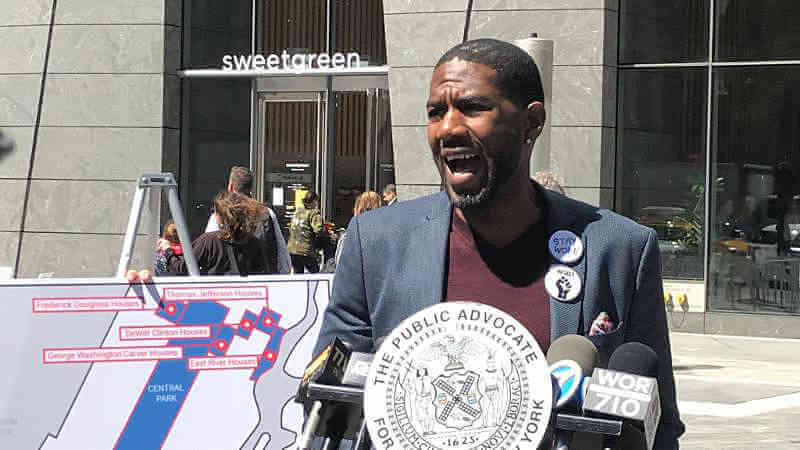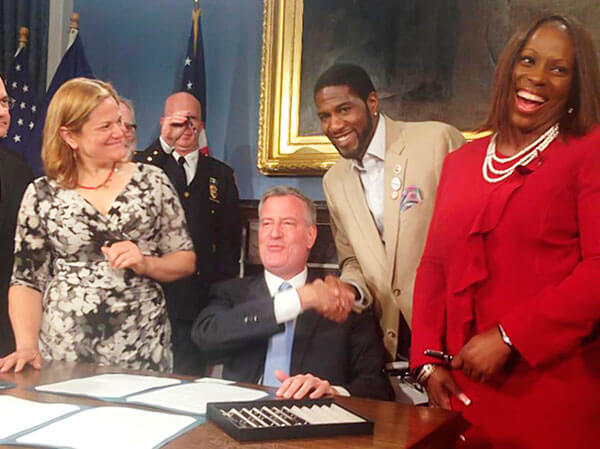As the New York City Redistricting Commission considers the proposed maps for new City Council districts, New York City Public Advocate, Jumaane D. Williams is amplifying and uplifting several community concerns over the new boundaries that would determine representation for all New Yorkers across the 51 districts.
At a hearing of the commission in Harlem on Monday night, Williams, raised particular concern over several regions and the impact the newly-redrawn districts would have for the communities represented over the next decade.
“We have a once-in-a-decade opportunity to draw lines. We must use it to ensure fair and accurate representation for all New Yorkers,” he said.
Williams detailed specific potential issues with the newly-drawn districts, including that the waterfront communities from Red Hook to Coney Island have been substantially re-configured; that several Manhattan neighborhoods have been drawn into a district primarily serving Queens; that several blocks in Harlem have been placed into the East Harlem Council district and separated from the rest of the historically Black community; and that Staten Island is kept whole despite population disparity.
The public advocate also expressed concerns among the AAPI community and stressed issues over the redrawn maps for his former district, 45th Council District, in Central Brooklyn.
“If changes are not considered in these districts, then the Commission would be splitting up communities of interest,” he warned. “The drawing of districts has been a harmful political tool.
“District lines that ignore local neighborhood boundaries can result in elected representation that is not reflective of community priorities or demographics,” he added. “It is vital that representation in our local municipal districts is reflective of our neighborhoods and communities. Moreover, it is important that communities of interest remain or are consolidated together.
“We have a once-in-a-decade opportunity to draw lines,” Williams continued. “We must use it to ensure fair and accurate representation for all New Yorkers. This should also prioritize the people who have experienced the most marginalization from this process in the past.
“All New Yorkers should have an opportunity to play their part in voicing concerns and hearing from leaders about this process,” he said. “Transparency is key in alleviating the harms I mentioned today. Transparency, along with accountability and adequate feedback from the public will be key to the success in making our communities not only feel seen and heard but also in ensuring representation reflects the diversity of the realities of our neighborhoods.”
























